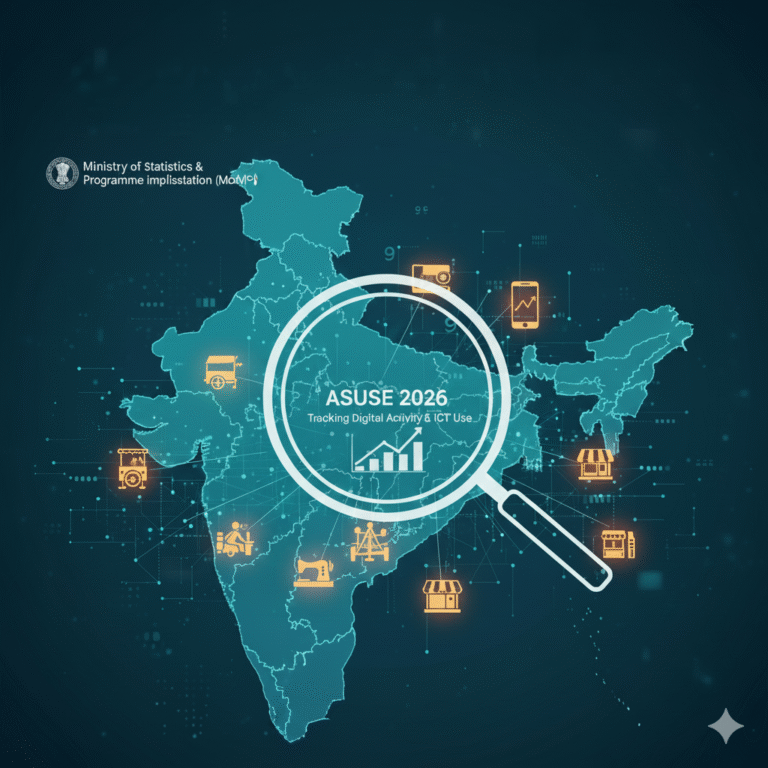In a development with far-reaching consequences for Indian agriculture, China has quietly stopped exporting specialty fertilisers to India for the last two months. These fertilisers, which are vital for horticulture and high-value crops such as fruits, vegetables, and floriculture, form the backbone of India’s intensive farming systems. With nearly 80% of India’s specialty fertiliser imports coming from China, this silent freeze has sent shockwaves across the farming and policy-making spectrum.
Despite no formal announcement, the halt—facilitated through Chinese customs withholding consignments under various procedural pretexts—has effectively disrupted the flow of these critical inputs. The move has prompted India to look westward for alternatives, pushing up input costs by 15–20% and deepening concerns about supply reliability and national food security.
Why Specialty Fertilisers Matter
Unlike traditional fertilisers like urea or DAP, specialty fertilisers are:
- Nutrient-specific (e.g., calcium nitrate, magnesium sulphate)
- Water-soluble for drip irrigation and precision farming
- Crucial for high-value crops (grapes, pomegranates, tomatoes, etc.)
- Environmentally efficient with lower wastage and runoff
India’s horticulture sector, which now surpasses food grain production in volume, relies heavily on these inputs for crop quality, yield, and export competitiveness.
What Triggered the Freeze?
While China has not made any official declaration, trade analysts see this as part of a larger geopolitical game:
- India’s restrictions on Chinese apps, telecom gear, and infrastructure investments have strained bilateral trade ties.
- The border standoff and diplomatic chill since 2020 continue to influence policy.
- Fertiliser exports are a strategic lever, much like rare earths or pharmaceuticals.
By using silent trade restrictions, China sends a subtle yet powerful message without formal escalation.
The Economic Impact on India
1. Price Hikes:
Imports from Europe, Russia, and West Asia are 15–20% more expensive, making horticulture costlier for farmers.
2. Supply Chain Disruption:
Delayed shipments are affecting the planting schedules for key crops, particularly in Maharashtra, Karnataka, Tamil Nadu, and Himachal Pradesh.
3. Profitability Pressures:
Smaller farmers who depend on timely and affordable inputs may be forced to switch to conventional fertilisers, impacting yields and quality.
4. Rising Food Inflation:
With input costs up, consumers may soon feel the pinch in the form of higher vegetable and fruit prices.
Government and Industry Response
1. Diversification of Suppliers:
India is rapidly sourcing fertilisers from Israel, Morocco, Jordan, and Russia, though shipping and currency costs remain concerns.
2. Boosting Domestic Production:
- Public and private players are exploring indigenous production of water-soluble fertilisers.
- The government is offering subsidies and incentives under the Atmanirbhar Bharat scheme.
3. Policy Push:
The Ministry of Chemicals and Fertilisers is expected to unveil a long-term fertiliser security plan involving infrastructure upgrades, local R&D, and global sourcing strategies.
Long-Term Implications
1. National Security Through Agri-Inputs:
Much like energy or defense, food security is now seen through a geopolitical lens. Fertiliser supply chains must be made resilient.
2. Time for Agri-Tech Startups:
This disruption could accelerate investments in agriculture technology companies that focus on customised micronutrients, organic fertilisers, and soil health solutions.
3. Greater Global Awareness:
The episode highlights how agri inputs have become global power tools and why nations need transparent, rules-based trade norms.
Conclusion
China’s silent fertiliser freeze is a wake-up call for India to de-risk its agricultural supply chains. While immediate concerns around price and availability loom large, the crisis also presents an opportunity to invest in local production, diversified sourcing, and sustainable alternatives.
Strategic autonomy in agricultural inputs must now become a core pillar of India’s food security policy.









+ There are no comments
Add yours